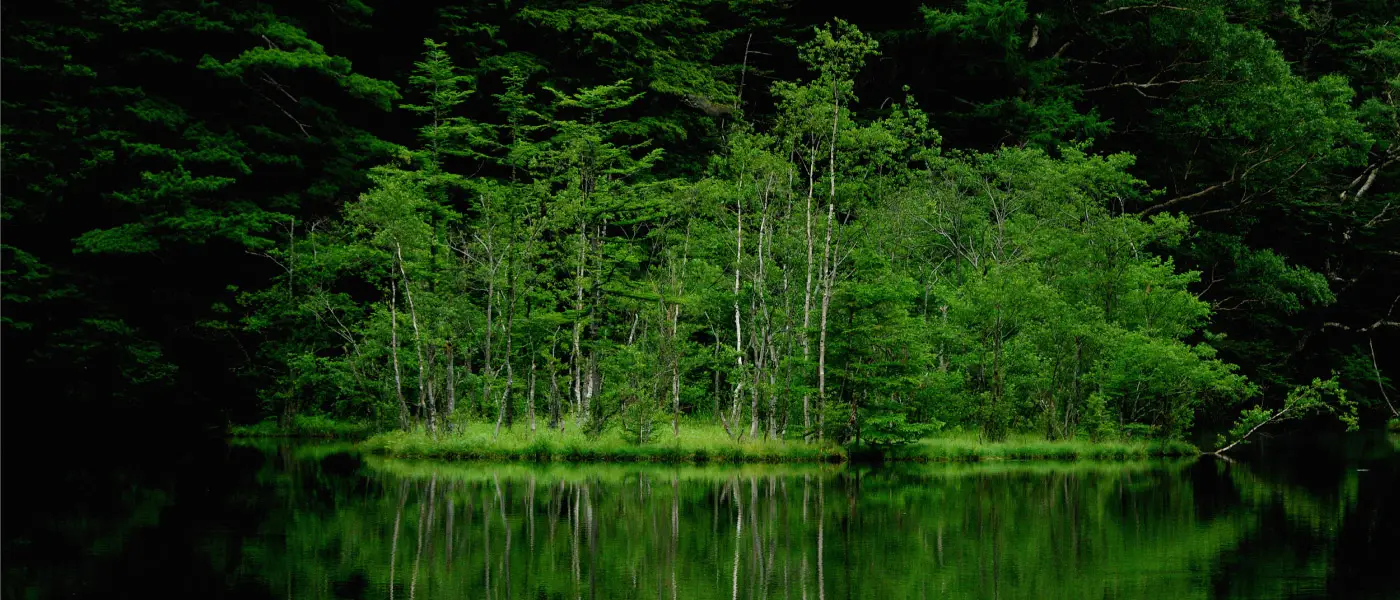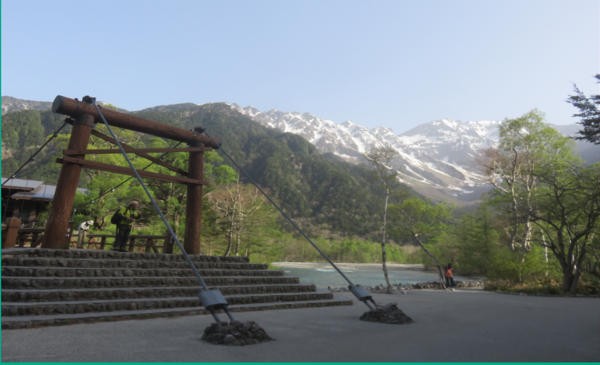
Good morning, good evening, or good afternoon to all our loyal readers!
Earlier today, a new post in the brilliant NPG Kamikochi Blog (published several times a week in Japanese) caught our eye. Their one-off "Basic Information for Tourists" is simply packed with the kind of info readers ask us about on a daily basis. So we've decided to translate it into English and share it with our international readers. For some of you, a lot of this info might be familiar, but it still serves as a good refresher and an ideal primer to pass on to interested friends.
We should mention that, while we usually pick and choose images and useful bits of info from NPG posts, this is nearly a word for word translation. We are therefore doubly indebted to them for their insights.
OUTLINE
This guide will focus on:
1.Closure of the Park for Winter
2.Regulations prohibiting the use of unauthorized private vehicles
3.Inaccessibility during nighttime
4.Other assorted topics
Sections 1 and 2 will be covered in this post, while 3 and 4 will follow in next week's post.
1.Closure of the Park for Winter
Kamikochi is closed to the public from mid-November to mid-April, a period of roughly five months.
During this period, some winter trekkers and climbers do enter the park, but in principle this is not advised or permitted.
So essentially, the period during which casual visitors can come to Kamikochi is during the seven month window from mid-April to mid-November.
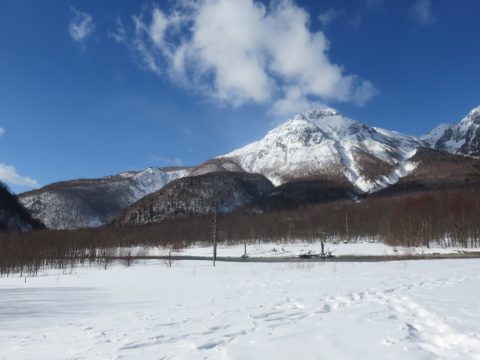
This year (2019), transportation granting access to Kamikochi is scheduled to begin on April 17th. In recent years, the date for early opening has settled on April 17th and it's expected to remain this way.
However, if you visit Kamikochi immediately after the buses start running, you may find it to be bit of a work in progress. There will usually be snow on some of the paths and some facilities will not be operating yet.
The real opening happens on April 27th when the official opening ceremony, or Kaizansai, is held.
While conditions may vary from year to year, walking paths are generally all clear and easy to traverse by April 27th. Similarly, almost all facilities and businesses will be up and running.
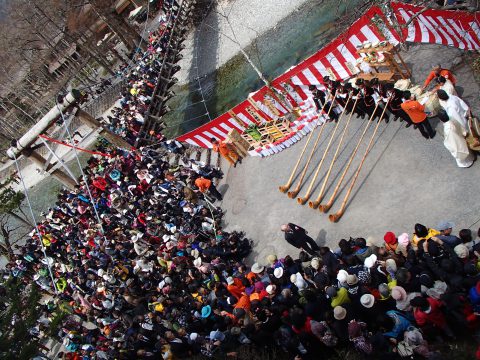
At season's end, the closing ceremony, or Heizanshiki, marks the final day of public transit taking people into the park. It's held on November 15th every year.
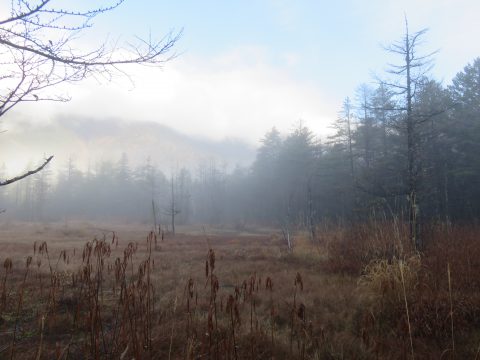
Once the karamatsu (Japanese larch) trees have shed their last needles early in November, the final week of Kamikochi's tourist season begins. It's a time when visitors are scarce and the park itself very quiet as a result.
During this period the number of buses travelling to the park decreases and many businesses and facilities start to shut up shop. Information on when each business closes may be found on their individual websites (though at time of writing, these were almost all in Japanese).
We also advise paying close attention to the location of the remaining lavatories during this time, as fewer will be available.
Around the time of closing, public toilets upriver from Kappa Bridge (in the direction of Myoujin Shrine), decrease in number, in some cases being replaced by special winter toilet facilities.
Also during this period, advisories will be posted at the entry points to walking courses. Please take note of what they advise and plan accordingly.
2.Regulations prohibiting the use of unauthorized private vehicles
Visitors to Kamikochi may not travel into the park using their own vehicles.
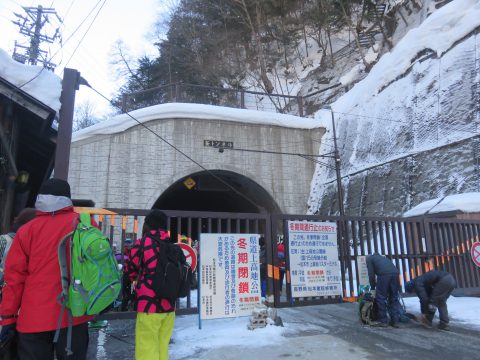
The Kama Tunnel, which serves as the entrance to Kamikochi is equipped with the heavy gates shown in the photograph above.
Since his particular photo was taken in winter, the gates are closed. But during the tourist season, the gate becomes a checkpoint for vehicles entering the tunnel. As mentioned above, unauthorized, private vehicles may not enter.
If you choose to travel to the area by car, you must park at either the Sawando Parking Area (Matsumoto side) or the Hirayu Parking Area (Takayama side).
Specific info on these parking areas may be found at their respective websites.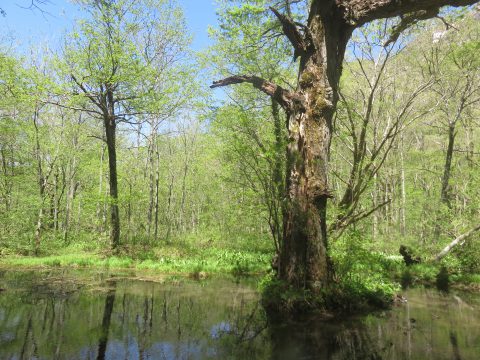
Almost every part of Kamikochi is car free, so you can enjoy nature without seeing, hearing, or smelling automobiles.
That also means you'll be using your own feet to get around most of the time.
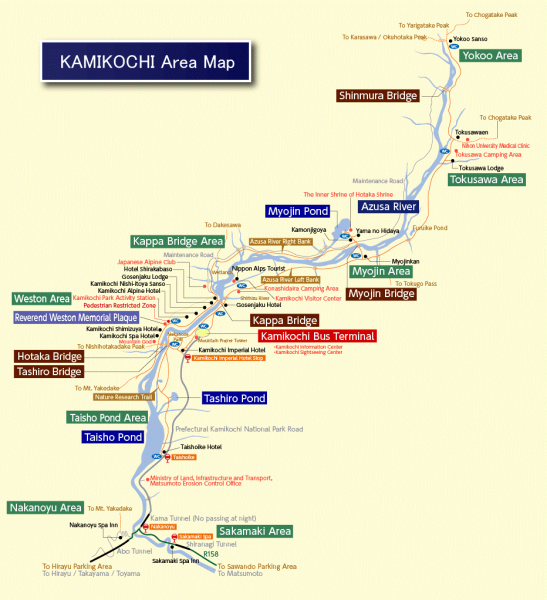
In principal, buses and taxis can only go into the park as far as the central bus terminal.
Beyond that, areas further upriver such as Myoujin and Tokusawa can only be reached on foot. So in addition to needing sufficient fitness to reach your destination, you also have to pay close attention to when the final buses depart so you can get back on time. Please bear this in mind when planning your day.
If you wish to hike from Kappa Bridge in central Kamikochi down to the popular Taisho Pond area, you're looking at a 1 hour (one way) or 2 hour (return) hike downriver.
It is possible to take the bus to Taisho Pond but the fact that the road it travels along is some distance away from the scenic areas means that you'll miss a lot of the scenery.
The dedicated guides at National Park Guide offer guided walks in either direction of Kappa Bridge with one way trips to Taisho or Myoujin taking about one hour apiece.
There are also assigned days in which a tourist bus service travels to select areas of the park. These buses are exempt from the vehicle prohibition, there are only about twenty such assigned days during the tourist season.
END OF PART 1
That concludes the first portion of NPG's "Basic Info for Tourists" guide. We'll be back next week with Part 2!
Source of Information and Images:
National Park Guide Kamikochi blog: https://npg-alps.net/blog/column/22436/



